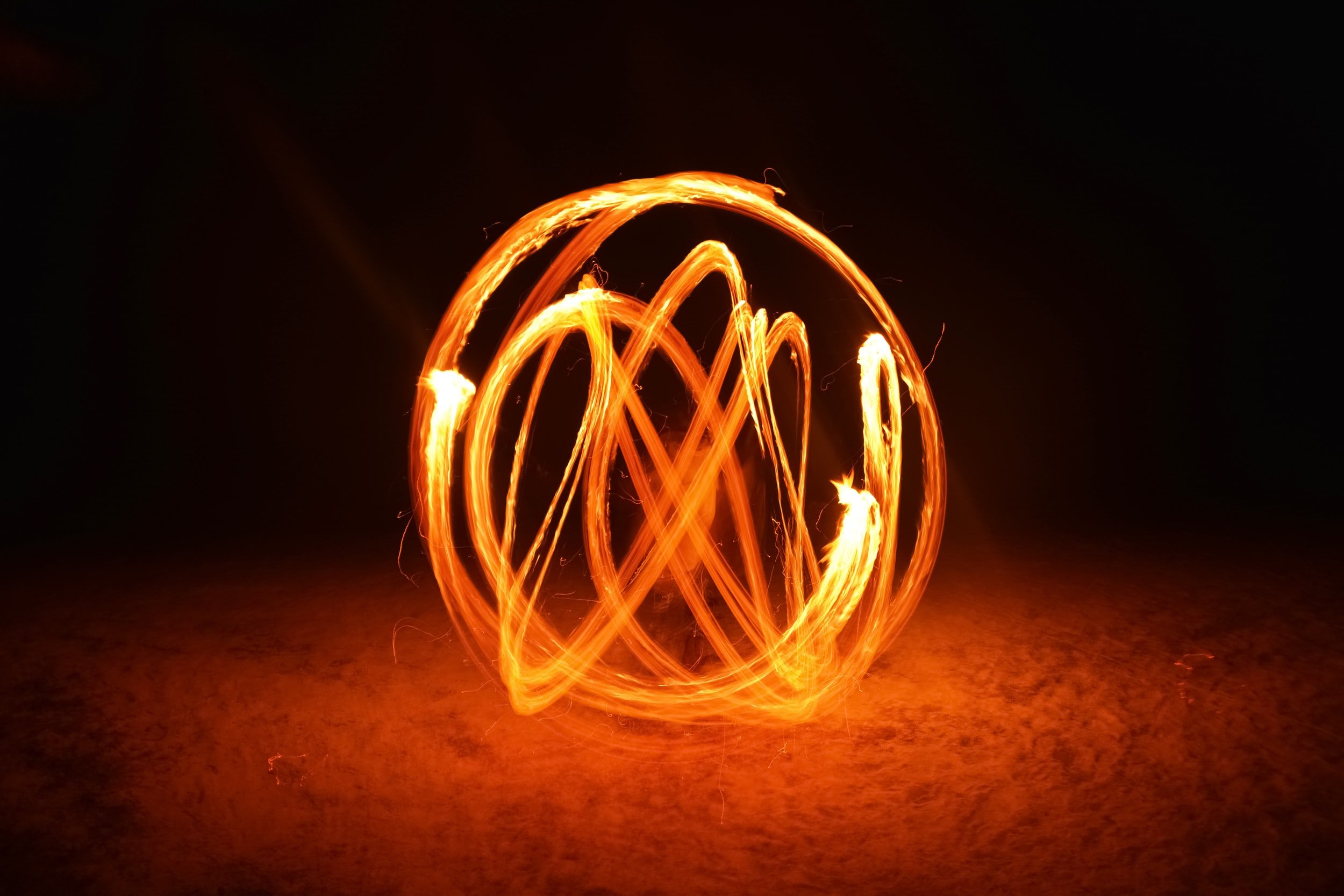The Power of the Spiral Dance
By: Dr. Denise Renye
The spiral is a common shape in nature. We see examples of spirals in pine cones, pineapples, hurricanes, seashells, and more. Why is this the case? The Franklin Institute in Philly says plants use a spiral form because “they are constantly trying to grow but stay secure. A spiral shape causes plants to condense themselves and not take up as much space, causing them to be stronger and more durable against the elements.”
The spiral allows not only a plant to stay secure but humans too, as is reflected in our psychological growth. Carl Jung said, “Psychologically you develop in a spiral; you always come over the same point where you have been before, but it is never exactly the same – it is either above or below.” In the quote’s context, he’s speaking about how internal healing is not linear, but this sort of spiral healing is something people potentially can experience externally too. One example is the Spiral Dance.
The Spiral Dance (also known as the grapevine dance and the weaver’s dance) is a group dance practiced in neopagan circles, especially in feminist Wicca and the associated "Reclaiming" movement. It emphasizes community, rebirth, and raises power in a ritual, according to Starhawk, a witch who wrote a book, The Spiral Dance, in 1979.
The first Spiral Dance was performed at Fort Mason in San Francisco and was intended to meld art, music, and politics as well as to celebrate the publication of Starhawk’s book, according to Georgie Craig. “Dancing was key to the original Spiral Dance,” she wrote. “Medea Maquis created a tree of life with the faces of the Triple Goddess around which the Goddess invokers danced.”
Since then, the Spiral Dance has turned into a yearly ritual and currently exists as a Samhain celebration to honor the dead and celebrate rebirth. And yes, it also took place during the pandemic, when it was held online!
The dance usually involves a drumming group and a chant or song in addition to the dancers. All members hold hands and follow a leader in a counter-clockwise motion using a grapevine step. As the leader nearly closes the circle, the person whips around and begins moving clockwise while facing the rest of the dancers. By continuing the formation, every dancer in the line will eventually be face to face with every other dancer. In this way, the Spiral Dance itself is an embodied practice of healing not being linear.
I was first introduced to Starhawk in 1998 via an undergraduate teacher and mentor. We went to hear a lecture by, move with, and meet Starhawk at UPenn. When I moved to the West Coast, I participated in the Spiral Dance regularly and entered an alternative state of consciousness. It was like a psychedelic experience without the external substance. The group experience was important…seeing all the faces….feeling the hands I was holding and the energy that both surrounded me and was being generated from within and without.
The richness of the Spiral Dance stems from not only the movements and the crowd of people, but also the ecopsychology aspect. Ecopsychology asserts the human psyche can be more deeply understood through and with a relationship to nature. The Spiral Dance invokes nature by acknowledging the presence of our environment as a living being that we interact with. In that way, the Spiral Dance is spiritual, but also it mirrors healing taking place among community because people are joined together, holding hands, and supporting one another in the process.
It goes back to a principle I affirm over and over again: It takes a village to be a human. If you’re at all interested in the Spiral Dance, I recommend researching it further and watching the YouTube link of 2021’s Spiral Dance. Who knows? It may potentially bring healing and integration.
For exclusive content, be sure to sign up for my newsletter.
References
Craig, Georgie. “The Beginning of the Spiral Dance.” Reclaiming Quarterly. http://www.reclaimingquarterly.org/web/spiraldance/spiral4.html. Accessed April 5, 2022.
Starhawk. The Spiral Dance. New York: HarperCollins, 1979.
The Franklin Institute. “Math Patterns in Nature.” www.fi.edu. https://www.fi.edu/math-patterns-nature#:~:text=Spirals,to%20grow%20but%20stay%20secure Accessed April 5, 2022.

